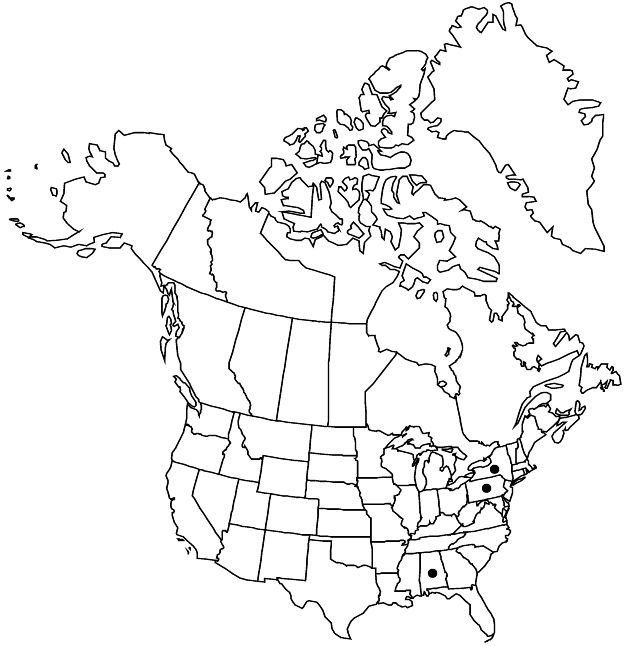Ecballium elaterium
in J. B. Bory de Saint-Vincent et al., Dict. Class. Hist. Nat. 6: 19. 1824.
Stems 15–80 cm. Leaves long-petiolate; blade bicolor, 4–10 cm, fleshy, abaxially lighter because of densely hirsute to hirsutulous vestiture. Staminate flowers 1 or 2–8 in racemes 5–35 cm. Pistillate flowers: peduncles erect, sharply recurved-nodding at apex so that mature fruit pendent, 1–8 cm. Corollas (14–) 18–20 mm diam.; petals 8–16 mm (staminate) or 6–14 mm (pistillate). Fruits 4–5.5 cm, pendulous on peduncles 1–8 cm. Seeds 4–5 mm. 2n = 18, 24.
Phenology: Flowering Jun–Aug.
Habitat: Disturbed sites
Elevation: 20–100 m
Distribution

Introduced; Ala., N.Y., Pa., e, se, sw Europe, w Asia, n Africa, also in w Europe (England), Australia
Discussion
Some, perhaps all, collections of Ecballium from New York and Pennsylvania may represent garden curiosities rather than escaped or established populations.
Selected References
None.
Lower Taxa
No values specified.
